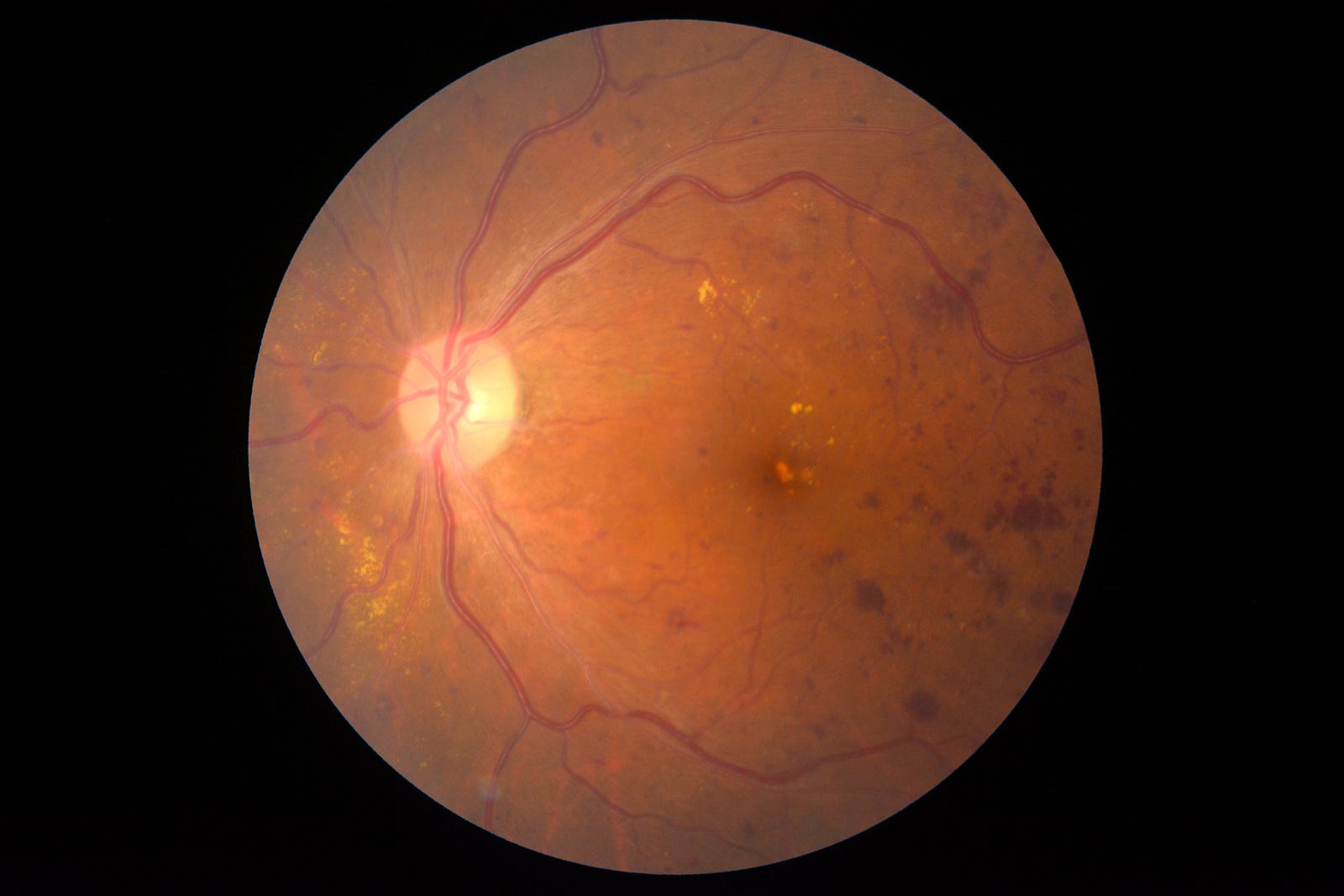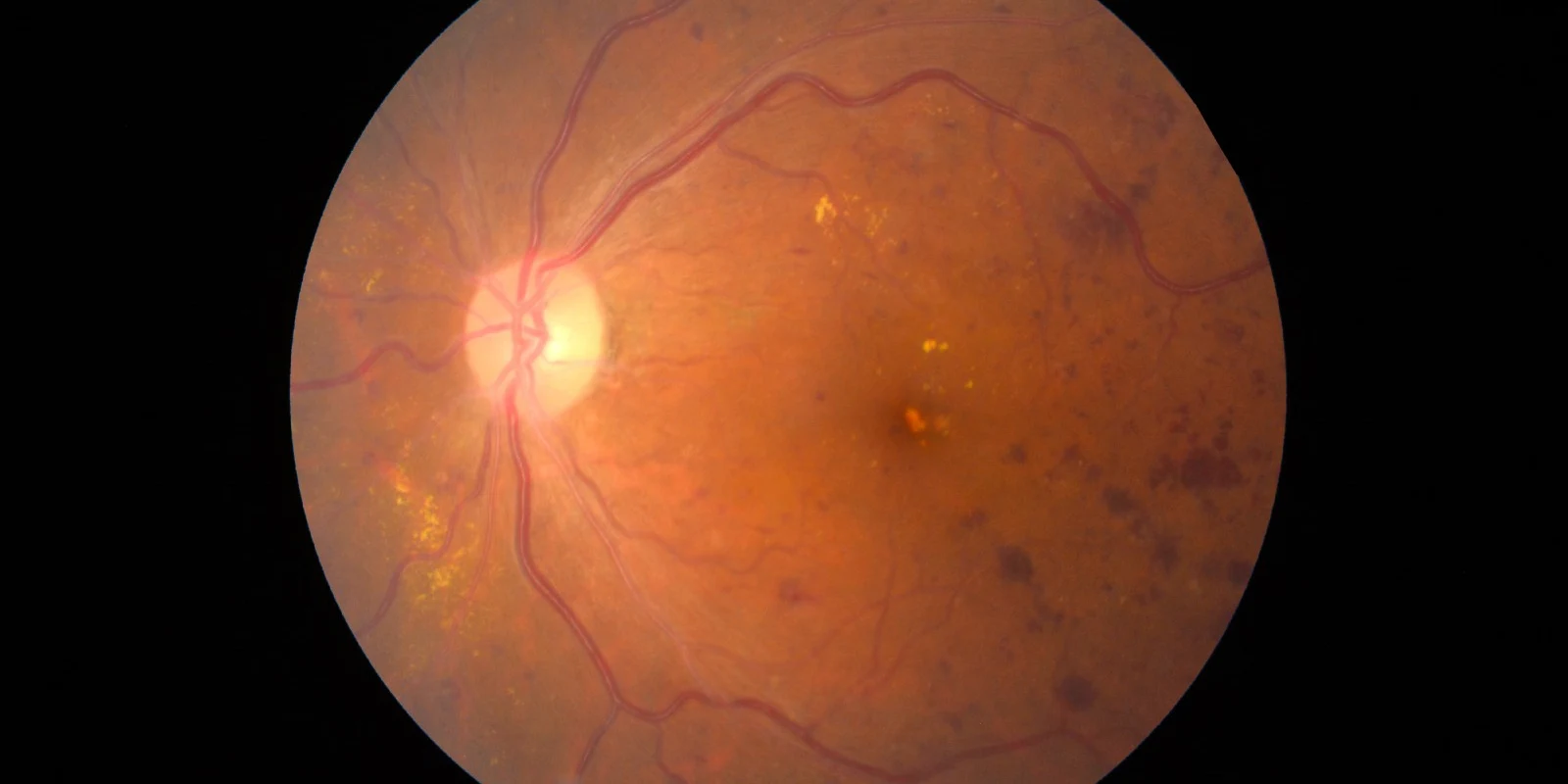
Diabetic retinal disease is the leading cause of blindness in working age adults in the United States. Over the past few years, there have been significant advancements of our understanding of how this disease develops, what are the risk factors for progression, and how to treat both diabetic macular edema and diabetic retinopathy. We are fortunate to have advances in imaging such as wide-field angiography and optical coherence angiography for disease detection. In addition, we have multiple intravitreous anti-vascular endothelial growth factor drugs available for treatment.
Despite this, there are multiple unanswered questions about the disease pathogenesis, response to treatment, and how we prevent complications. As the recipient of the early career investigator award from the president of the American Society of Retina Specialists in 2018, I investigated these and other questions last year resulting in 15 peer-reviewed publications and 18 meeting presentations in 2018. In this article I will cover the highlights of the research we conducted last year at the Cole Eye Institute.
Is diabetic retinopathy caused solely by retinal capillary closure?
There have been studies of human pathological specimens demonstrating significantly capillary loss within the choroid especially in advanced diabetic retinopathy. But what about in-vivo? We assessed choroidal capillary density by OCT angiography and found significant loss of the choriocapillaris vessels in patients with advanced diabetic retinopathy. As a result, one might also consider the choroid to be a contributor of ischemia seen in diabetic retinopathy and to the development of proliferative diabetic retinopathy.
Are patients at risk for developing transient worsening of diabetic retinopathy with strict glucose control?
In previous studies such as the Diabetes Control and Complications Trial (DCCT) had shown that intensive therapy reduced long term complications. However, strict control in the first two years resulted in a higher rate of proliferative retinopathy. We investigated this further in a population of patients who underwent bariatric surgery for diabetes. These patients experienced a 3% drop in HgBA1c on average from baseline. When looking at the microvascular outcomes, there was no difference seen in the bariatric surgery treated group and the intensive medical management group. Thus, patients who undergo bariatric surgery can be assured that ocular complications in the first few years are unlikely despite large drops in their blood sugar.
What effect do baseline factors like HgBA1c, body mass index, and kidney function have on anti-VEGF treatment outcomes?
We investigated whether baseline metabolic factors affected anti-VEGF mediated improvements in patients with diabetic macular edema and diabetic retinopathy. For DME and DR, none of the systemic factors affected anti-VEGF treatment outcomes including systemic characteristics, glycemic control, and renal function. One of the more interesting findings was the treatment outcomes of those that received focal laser. There was a clear inverse relationship between higher baseline HbgA1c levels and visual acuity improvement with focal laser with no improvement seen in the highest quartile. This should give clinicians pause when considering focal laser treatment especially when a patient has uncontrolled diabetes.
How do we prevent cataract surgery complications in patients with diabetic retinopathy?
Cataract surgery is a common complication of diabetic eye disease and is the most common outpatient surgery performed. However, patients with diabetic retinopathy in particular are at high risk of developing macular edema following uncomplicated cataract surgery. How can we prevent this complication in this patient population at risk? In two prospective randomized studies, we demonstrated that the addition of a nonsteroidal agent to the postoperative regimen can decrease the rates of macular edema from 15.9% to 4.1% and increase those achieving a 3-line gain in vision following cataract surgery by 19% over the standard of care regimen. Thus, patients especially with baseline diabetic retinopathy can achieve better anatomic and visual outcomes following cataract surgery with the addition of a nonsteroidal agent during the postoperative period.
Conclusions:
Cole Eye Institute engages in transformative research to find innovative ways to treat and slow the progression of devastating eye diseases. Our physicians continue to aggressively pursue advances in patient care through revolutionary clinical trials and research studies to identify new procedures for treating eye diseases. We are excited to establish the Cole Eye Center for Excellence in Ophthalmic Bioinformatics which will address the leading causes of blindness which include age related macular degeneration, diabetic eye disease, retinal vein occlusions, glaucoma, and uveitis. Understanding presentations of these ophthalmic diseases, their risk factors, their prognosis for progression, and their optimal response to treatment through the bioinformatics processes is an important step at improving the lives of our patients.
Figure 1: Advanced Proliferative Diabetic Retinopathy

Figure 2: Improvements in DR outcome following anti-VEGF treatment.


Dr. Rishi P. Singh is a staff physician at Cleveland Clinic’s Cole Eye Institute and the medical director of the Clinical Systems Office. He is an associate professor of Ophthalmology, Case Western Reserve University.







